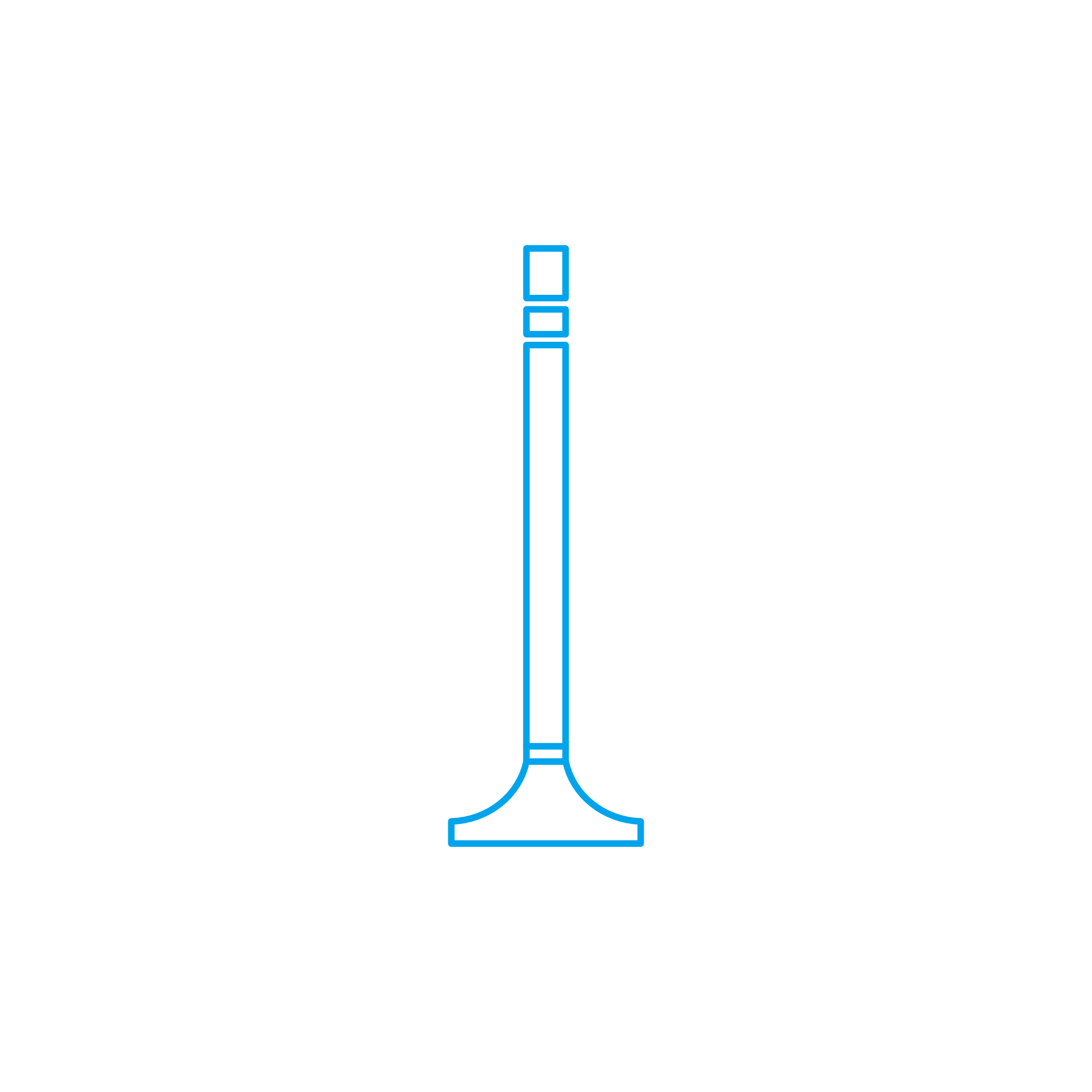GAS MIXING VALVE and Valves for High-Performance Engines
Valves are vital control components in every combustion engine. They meter air, fuel gas, and exhaust, seal the combustion chamber, protect against overpressure, and enable precise timing of the thermodynamic cycle. Within this category you will find intake and exhaust poppet valves, gas admission and control valves, safety valves, and the specialized GAS MIXING VALVE that blends fuel gas with combustion air. Whether in a compact genset or a large-bore marine engine, robust valve design is fundamental to power, efficiency, emissions compliance, and long service life.
Engine valves must perform under extreme temperature, pressure, and vibration. Materials such as high-alloy steels, stellite-faced seats, nitrided stems, and sodium-filled exhaust valves are common to control wear and heat. Clearances, surface finish, and geometry are precisely engineered so that flow is optimized and sealing is tight, even over long operating intervals. In gas and dual-fuel engines, a GAS MIXING VALVE adds another layer of control: it regulates the fuel-to-air ratio to stabilize combustion and protect the engine across load changes and varying gas qualities.
Technical function of Valves and the GAS MIXING VALVE in marine engine and diesel engine applications
Intake and exhaust valves govern the breathing of the engine. Driven by camshafts, pushrods, or hydraulic/electronic actuators, they open and close with exact lift, duration, and timing. Accurate sealing between the valve face and seat (commonly at 45° or 30° angles) preserves compression, while optimized throat and port geometry improves volumetric efficiency and reduces pumping losses. In two-stroke marine engines, a centrally located exhaust valve handles very high thermal loads; in four-stroke diesel engines, multiple valves per cylinder can enhance swirl and mixture preparation. Valve springs and retainers prevent float at high RPM, and guides/bushes maintain alignment to minimize wear and oil ingress.
The GAS MIXING VALVE controls the proportion of fuel gas to intake air upstream of the manifold or turbocharger compressor inlet. In a marine engine, it compensates for load steps, ambient changes, and gas composition by modulating butterfly or rotary elements, often in conjunction with differential pressure sensing and lambda control. In a dual-fuel diesel engine operating in gas mode, the GAS MIXING VALVE ensures a stable lean-burn mixture that avoids knock, reduces methane slip, and maintains cylinder-to-cylinder balance. When specified as GAS MIXING VALVE OEM parts, actuators and sensors are calibrated to the engine’s ECU logic, enabling fast response, consistent stoichiometry, and improved transient performance.
Key characteristics and advantages of engine valves and gas mixing control:
· High-temperature alloys and stellite faces resist hot corrosion and wear.
· Precision lapping delivers tight sealing and stable compression.
· Optimized flow geometry boosts volumetric efficiency and power.
· Nitrided stems and quality guides reduce scuffing and oil consumption.
· GAS MIXING VALVE control stabilizes AFR across load and gas quality changes.
· Integrated sensors/actuators enable closed-loop control with OEM parts.
· Marine-grade materials withstand salt-laden atmospheres and condensates.
· Robust springs and retainers prevent valve float and misfire at high RPM.
Importance of Valves for engine operation, reliability, and service life
Valves are central to engine reliability. If an intake or exhaust valve loses sealing, compression drops, blow-by increases, and exhaust temperatures rise. Prolonged leakage can burn valve edges, erode seats, and damage turbochargers due to thermal imbalance. Excessive guide wear elevates oil consumption and fouls turbo and SCR/OxCat systems. Incorrect lash or weak springs lead to valve float, misfire, and potential piston contact.
For gas and dual-fuel applications, an out-of-spec GAS MIXING VALVE causes unstable air-fuel ratio (AFR), knock, power loss, and elevated NOx or unburned hydrocarbons. AFR drift can trigger shutdowns, compromise safety margins, and accelerate wear on pistons, liners, and exhaust components. Keeping all valves within specification preserves efficiency, maintains emissions targets, and extends overhaul intervals—critical priorities for shipowners, power plant operators, and fleet managers.
Advantages of OEM spare parts suitable for Valves and the GAS MIXING VALVE
Choosing OEM spare parts suitable for Valves ensures dimensional accuracy, material traceability, and compatibility with existing hardware and software. For intake/exhaust valves, correct face angles, stem diameters, and seat materials are essential to sealing, heat transfer, and wear life. For a GAS MIXING VALVE, controller maps, actuator response, and sensor scaling must align with the engine ECU to maintain precise AFR under transient conditions.
Beyond fit and performance, OEM spare parts support predictable maintenance planning. Validated life data and consistent metallurgy reduce the risk of early failures and unplanned downtime. Over a vessel’s or plant’s life cycle, fewer reworks, shorter outages, and stable fuel efficiency translate into lower total cost of ownership. In safety-critical systems handling combustible gas, the assurance of tested components is indispensable for risk reduction and operational continuity.
MOPA as a partner for OEM spare parts Valves and GAS MIXING VALVE components
MOPA is an experienced and reliable partner for sourcing OEM spare parts for Valves, including the GAS MIXING VALVE for diesel engine and gas engine platforms. We combine fast response with rigorous quality control: parts identification by serial and build list, documentation and material certificates where available, and secure logistics that match the urgency of dockings or scheduled outages. Our portfolio covers major engine makes used in marine propulsion, auxiliary gensets, and stationary power.
Speed, quality, and security define our approach. MOPA helps technical buyers minimize downtime by supplying the right parts the first time—seats, guides, springs, complete valve assemblies, and GAS MIXING VALVE OEM parts—and by coordinating deliveries aligned with your maintenance windows. With MOPA, purchasers and technical teams gain a dependable channel for high-spec components that protect engine performance and long-term reliability.
Conclusion: Valves and GAS MIXING VALVE OEM parts for dependable performance
Valves are core to combustion efficiency, emissions control, and engine durability, while a properly specified GAS MIXING VALVE keeps gas engines and dual-fuel platforms stable and safe under all operating conditions. OEM spare parts suitable for Valves deliver the precision, material quality, and integration that safeguard performance, budget, and service life across marine and power applications.


